Santa Gertrudis
- January 30, 2024
- 0 comment
Santa Gertrudis is a distinguished breed of beef cattle, renowned for its robustness and adaptability. Originating from the famed King Ranch in Kingsville, Texas, in the early 20th century, this breed was the innovative result of crossing Brahman bulls with Shorthorn cows. The objective was to create cattle that could thrive in the harsh, hot climate of South Texas while still yielding high-quality beef. Santa Gertrudis cattle are characterized by their striking, deep cherry-red color, although shades can vary. They possess a smooth coat, a muscular build, and are known for their exceptional heat tolerance – a trait inherited from their Brahman ancestry.
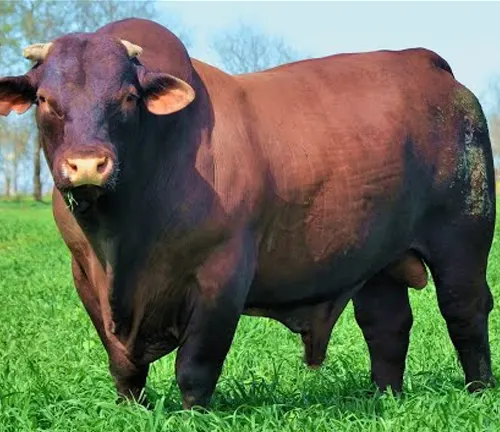
A key feature of Santa Gertrudis cattle is their versatility. They adapt well to various climates, thanks to their unique genetic makeup, making them a popular choice in different parts of the world. These cattle are particularly esteemed for their efficiency in converting feed into weight, which is a crucial factor in profitable beef production. They also exhibit excellent mothering abilities and have a rapid growth rate, further enhancing their appeal in the beef industry.
The meat quality of Santa Gertrudis cattle is notable. They are known for producing lean, flavorful beef with good marbling, making their meat a sought-after commodity in the market. In addition to their primary role in beef production, Santa Gertrudis cattle are often used in crossbreeding programs to impart their desirable traits, such as heat tolerance and meat quality, to other breeds.
| Specification | Description |
|---|---|
| Origin | King Ranch, Kingsville, Texas, USA |
| Development Year | Early 20th Century |
| Breed Type | Beef Cattle |
| Primary Use | Beef Production |
| Parent Breeds | Brahman (Bull), Shorthorn (Cow) |
| Color | Deep Cherry-Red (varies from light honey to dark red) |
| Coat | Smooth |
| Body Build | Large Frame, Muscular |
| Average Weight (Bulls) | 1,800 to 2,500 pounds |
| Average Weight (Cows) | 1,200 to 1,800 pounds |
| Temperament | Generally Docile |
| Heat Tolerance | High (Inherited from Brahman lineage) |
| Meat Quality | Lean, Good Marbling |
| Mothering Abilities | Excellent |
| Growth Rate | Rapid |
| Climate Adaptability | Adaptable to various climates, both hot and temperate |
| Health Concerns | No specific breed-related health issues, regular care needed |
| Use in Crossbreeding | Commonly used to enhance heat tolerance, meat quality in other breeds |
Santa Gertrudis: A Comprehensive Guide
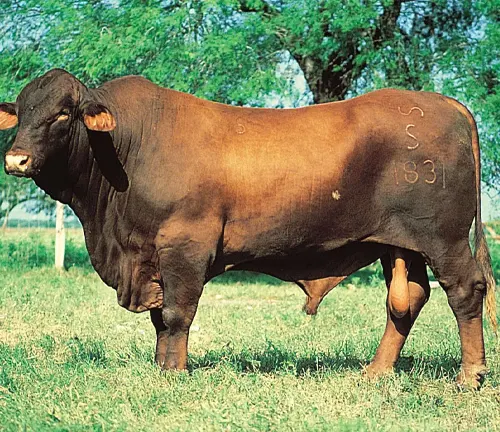
Welcome to our in-depth exploration of Santa Gertrudis, a place rich in history, culture, and natural beauty. Whether you’re a curious traveler, a history buff, or someone interested in the unique aspects of different cultures, this guide offers a detailed look into what makes Santa Gertrudis so special.
The Historical Roots of Santa Gertrudis
Santa Gertrudis has a vibrant history that dates back centuries. The area has seen numerous changes, influenced by various cultures and historical events.
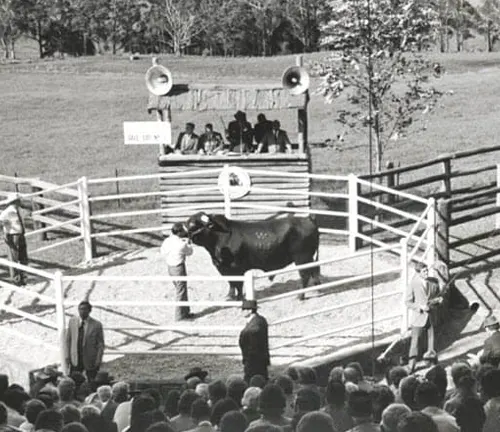
Key Events in Santa Gertrudis History
From its early days as a small settlement to its development into a bustling community, Santa Gertrudis has been shaped by key historical events. These include significant battles, political changes, and cultural shifts that have left an indelible mark on the region.
Exploring the Geography of Santa Gertrudis
Santa Gertrudis boasts a diverse geographical landscape, from rolling hills to serene beaches, each offering a unique experience.
Notable Landmarks and Natural Features
The region is dotted with landmarks that are not just visually stunning but also steeped in history. Natural features such as lakes, forests, and coastal areas add to the area’s allure, attracting nature enthusiasts from all over.
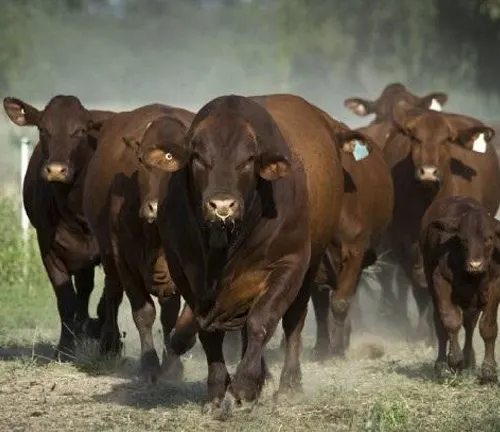
Society and Demographics in Santa Gertrudis
The society in Santa Gertrudis is diverse, with a mix of ethnicities, cultures, and backgrounds contributing to a vibrant community.
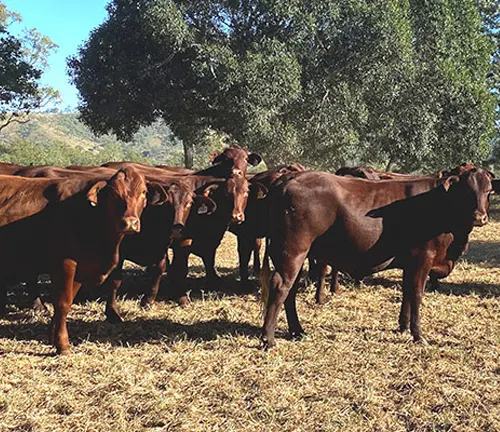
Population Dynamics and Diversity
Santa Gertrudis is home to a diverse population, with a rich tapestry of cultural and ethnic backgrounds that add to its unique character.
Education and Research in Santa Gertrudis
Education and research are key components of life in Santa Gertrudis, with a focus on fostering knowledge and innovation.
Prominent Educational Institutions
Santa Gertrudis is home to several well-regarded educational institutions, offering a range of programs and opportunities for students.
Research and Development Initiatives
The region is also known for its research and development initiatives, with a focus on advancing technology, science, and the arts.
Embracing the Essence of Santa Gertrudis
As we conclude our journey through Santa Gertrudis, we hope you’ve gained a deeper understanding and appreciation for this remarkable place. From its historical roots to its vibrant culture and economy, Santa Gertrudis is truly a gem waiting to be explored.
Different Species

Santa Gertrudis is not a species, but rather a breed of beef cattle. It’s important to clarify that within the Santa Gertrudis breed, there aren’t different species, as they all belong to the same species, Bos taurus, which is the domestic cattle species.
Frequently Asked Question (FAQs)
- What is Santa Gertrudis?
Santa Gertrudis is a breed of beef cattle known for its hardiness, adaptability, and efficiency in beef production. It was developed in the United States by crossing Shorthorn and Brahman breeds. - What are the key characteristics of Santa Gertrudis cattle?
Key characteristics include a deep cherry-red color, though shades can vary. They are known for their smooth coats, muscular build, and good heat tolerance. They are also recognized for their excellent mothering abilities and growth rate. - Where was the Santa Gertrudis breed developed?
The breed was developed at the King Ranch in Kingsville, Texas, USA, in the early 20th century. - What is the history behind the development of Santa Gertrudis cattle?
The breed was developed to create cattle that could withstand the harsh climate of South Texas while still producing high-quality beef. This was achieved by crossing Brahman cattle, known for their heat tolerance, with Shorthorn cattle, known for their meat quality. - What is the purpose of Santa Gertrudis cattle?
The primary purpose is beef production. They are valued for their efficiency in converting feed into weight gain, making them a popular choice for beef farmers. - How do Santa Gertrudis cattle adapt to different climates?
Their Brahman heritage gives them a natural tolerance to heat and humidity, while their Shorthorn ancestry provides robustness in cooler climates. This makes them adaptable to a variety of environments. - What are the common uses of Santa Gertrudis cattle?
Besides beef production, they are often used in crossbreeding programs to improve heat tolerance and meat quality in other breeds. - How do Santa Gertrudis cattle fare in terms of meat quality?
They are known to produce high-quality, lean beef with good marbling, making their meat desirable in the beef industry. - What is the average size and weight of Santa Gertrudis cattle?
Bulls typically weigh between 1,800 to 2,500 pounds, while cows weigh between 1,200 to 1,800 pounds. They are known for their large frame and muscular build. - Are there any specific health concerns associated with Santa Gertrudis cattle?
Like all cattle breeds, they require regular health checks and vaccinations, but they do not have any breed-specific health issues. Their hardiness generally contributes to good overall health.


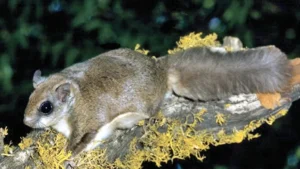

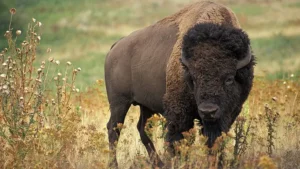
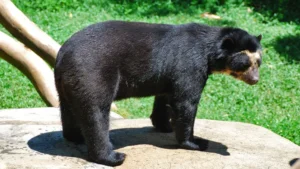
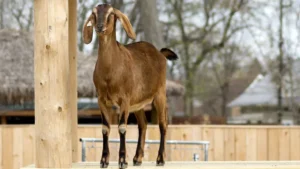

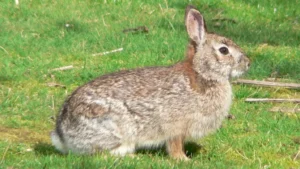
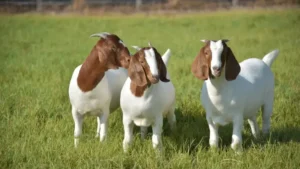



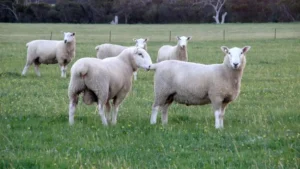
Leave your comment